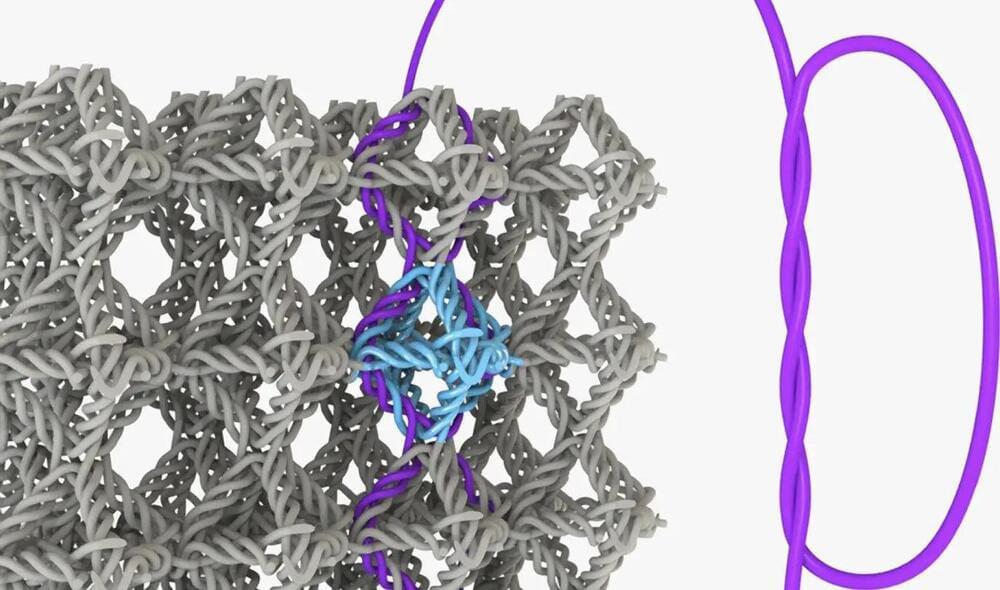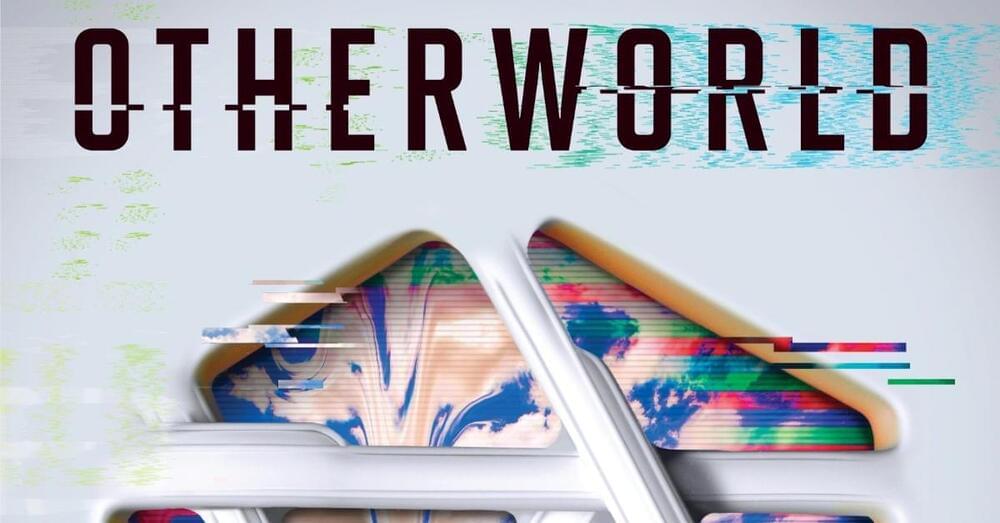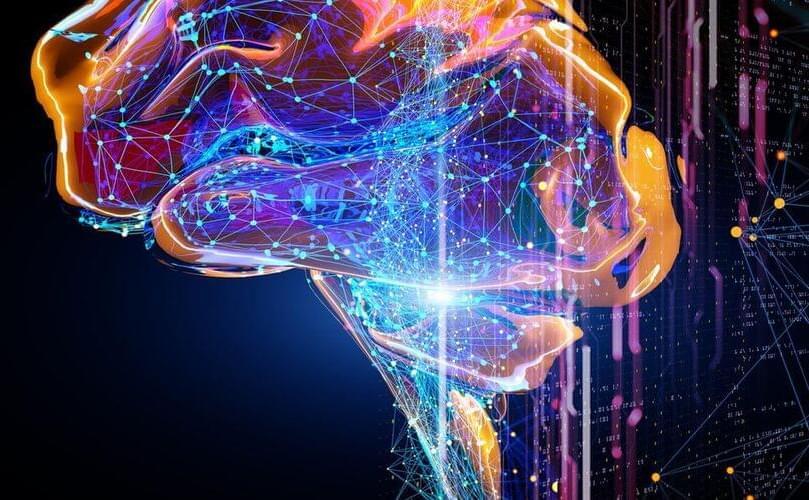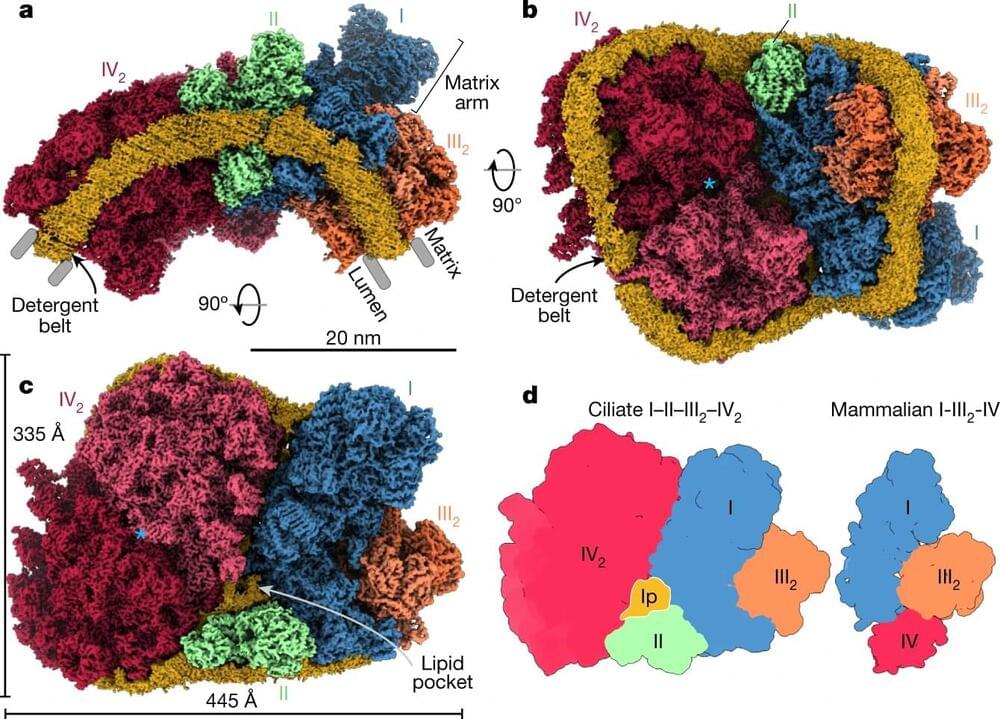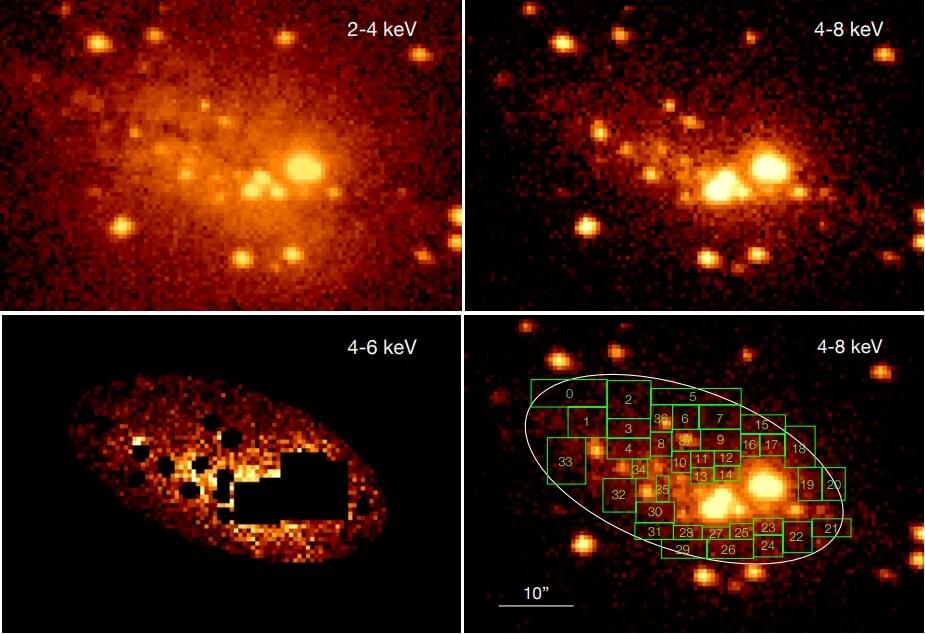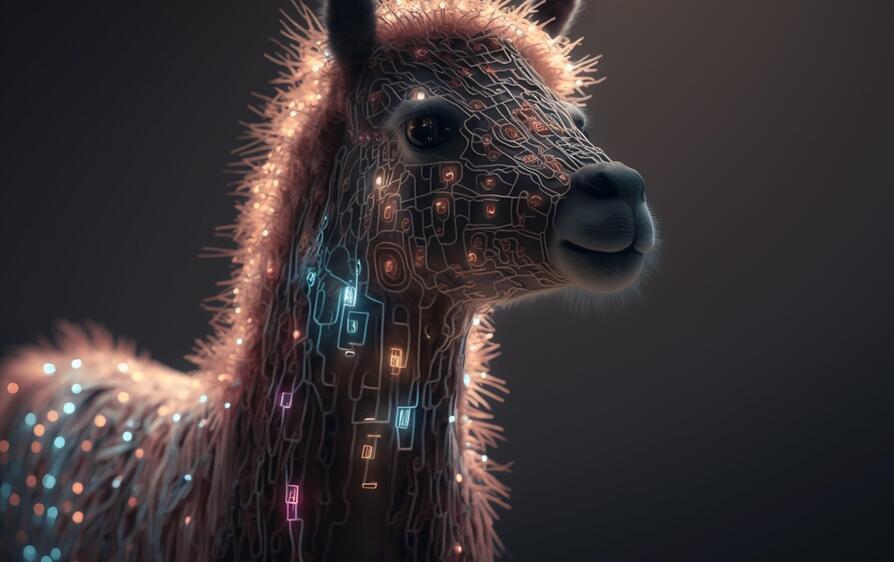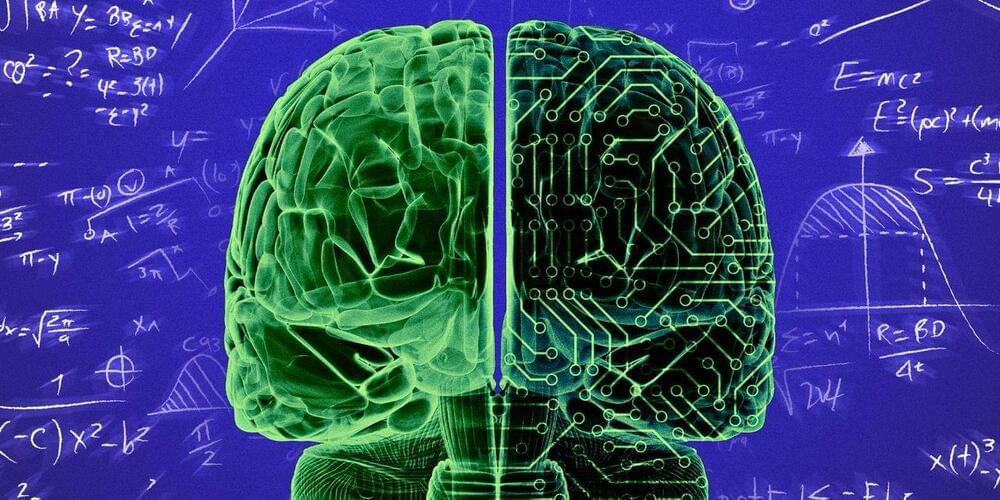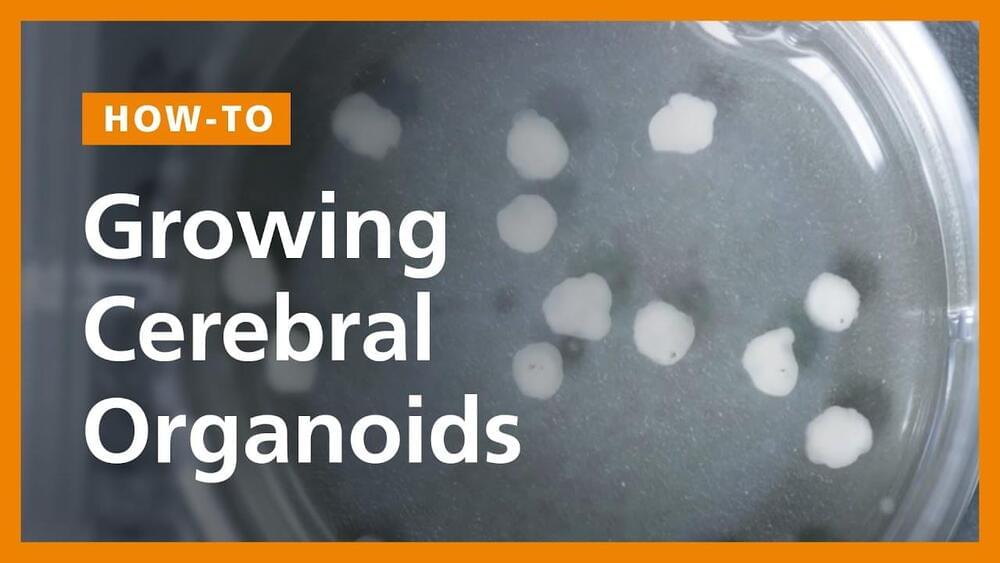Mar 28, 2023
Caltech Engineers Have Developed an Unusually Tough New Material
Posted by Paul Battista in categories: biotech/medical, nanotechnology
Caltech engineers have made a significant breakthrough in the field of nano-and micro-architected materials by creating a novel material composed of multiple interconnected microscale knots.
Compared to structurally identical but unknotted materials, the presence of knots in this new material significantly enhances its toughness by enabling it to absorb more energy and deform more before returning to its original shape without any damage. These new knotted materials may find applications in biomedicine as well as in aerospace applications due to their durability, possible biocompatibility, and extreme deformability.
“The capability to overcome the general trade-off between material deformability and tensile toughness [the ability to be stretched without breaking] offers new ways to design devices that are extremely flexible, durable, and can operate in extreme conditions,” says former Caltech graduate student Widianto P. Moestopo (MS ‘19, Ph.D. ’22), now at Lawrence Livermore National Laboratory. Moestopo is the lead author of a paper on the nanoscale.
